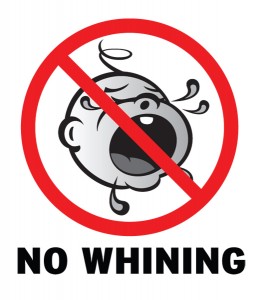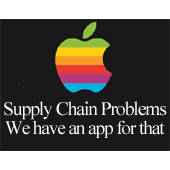This is in response to Troy Holme’s blog post, pointing out the dangers of Brazil’s new found deep-sea oil deposits. Since the economic down turn that reached it’s epitome in 2008, the United States is not the lone super power it once was. Markets like China, India, and Brazil are huge centres for manufacturing, innovation and resource production. However, increasing oil deposits alone do not guarantee global influence and power. A good example of this can be seen in Venezuela. Currently they have the largest oil deposits in the world, yet politically instability and the national oil company Petróleos de Venezuela has struggled to increase output.
This aggressive expansion however, like seen in Brazil, can pose huge risks. I completely agree with Troy Holme’s identification of the possibility of another BP oil spill catastrophe. The fact that the oil refinery is so far from the mainland that there must be a mid-way station built incase of emergencies is enough of a reason that a watchful eye must be kept on this development. The effects of the BP oil spill will be felt for decades, and our environment can surely not afford another one.
Effects on the underwater habitat as a result of the BP oil spill.




